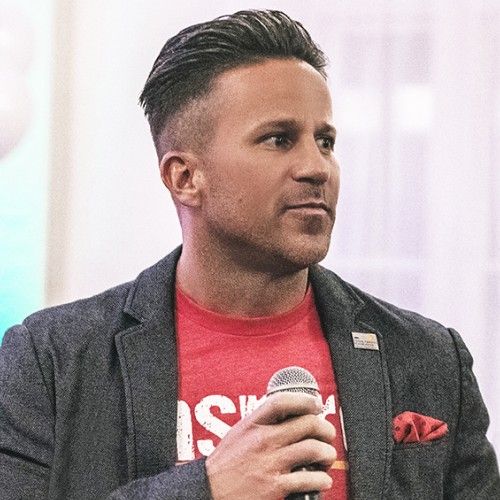Financial Managers often oversee other workers within their company’s finance departments, while also assigned several tasks of their own. These managers are often responsible for the creation or delegation of some of the following tasks, according to the U.S Bureau of Labor Statistics.
· Preparing Financial Statements, business activities, and forecasts
· Monitoring financial details
· Supervising Employees in Financial Reporting and budgeting
· Reviewing Financial Trends
· Analyzing market trends
Most importantly, financial managers are often responsible for advising senior leadership in terms of decision-making for business processes. Most of their decisions are data-driven and require strong analytical skills. However, since many of their ideas come from aggregate functions and data, they are strongly dependent on making sure that they have their intermediate functions and data given to them. This work is often passed down to direct reports, despite its high importance, and often serves as a method of determining whether an employee is deserving of a promotion.
In addition to this, a manager cannot truly start or submit their work until this intermediate work is completed and handed it. With the necessity of this work, financial managers often utilize software platforms known as Human Resource Information Systems, or HRIS for short to track productivity and task competition rates. Most of these systems also make attempts to track feedback but are often lacking in this regard. This is where Ambition In Motion can come into play in a very effective way.
Ambition in Motion provides a product and service known as AIM Insights. This service is a platform that integrates with the already present HRIS systems and is meant to improve worker communication, engagement, and retention. AIM Insights can be of use to most financial managers by addressing several problems that they face within their everyday careers.
AIM Insights can track when a goal is completed. This can enable these financial managers to have the highest possible efficiency when working on goals by being able to put aside certain tasks with confidence that they will be notified when things they are dependent on are completed. No need to check with a direct report every few hours to see if something has been completed yet! AIM Insights can automate this process and eliminate the tedious step of rechecking repeatedly.
AIM Insights provides a highly developed executive coaching program, with renowned experts available to consult about business decisions. Using the data that the managers themselves have provided, these experts can advise on what they would do differently, and how the manager could improve. For example, say a manager has one direct report that is highly skilled at cleaning strings of data, with another direct report highly skilled at accounting. In the pressure of a looming deadline, a manager might assign work that isn’t necessarily suited for each direct report. The expert might be able to see things differently, due to their objective and educated background, and consequently, create a more comfortable working environment for the direct reports. Since AIM Insights is also a third party, these mentors are not privy to workplace dynamics or personal problems, and as such, can provide a more clear and more unbiased opinion when it comes to making business decisions.
AIM Insights can also be a source of feedback for a manager. Many times, managers wish that they had more honest and direct feedback, but since their direct reports are worried about consequences, they may not be as open with their feedback. AIM Insights provides a rating system and requests feedback from direct reports as they submit their work, thereby eliminating a human interaction requirement from this feedback submission process. A quote from Kari Ardalan, a Vice President of Scaled Success at Zendesk explains just how effective this feedback submission is:
“At first I was a little nervous getting started (using AIM Insights) because I didn't know how my team would receive the survey. But after using the tool, I am learning so much more about my team that I didn't know from our previous 1:1 conversations and it is helping me connect with my team on a deeper level”
Improving the quality of feedback submissions can allow a manager to make more educated and informed decisions, while also allowing them to get to know their direct reports much better. Increased engagement has been shown to occur when interpersonal relationships are stronger in the workplace. Workers realizing that their boss pays attention to them, and their responses can give them a sense of acknowledgement and recognition that will then improve their engagement rates.
This feedback can also allow a manager to realize what jobs their employees prefer or what work they struggle with. This can allow a manager to make their business processes more efficient, as well as open a potential education avenue for their direct reports.
Overall, financial managers face multiple challenges, but interpersonal relationships and interdependency problems can be easily avoided. Contact Garrett Mintz for a free demonstration of AIM Insights and see how well this can work for your business.




































































